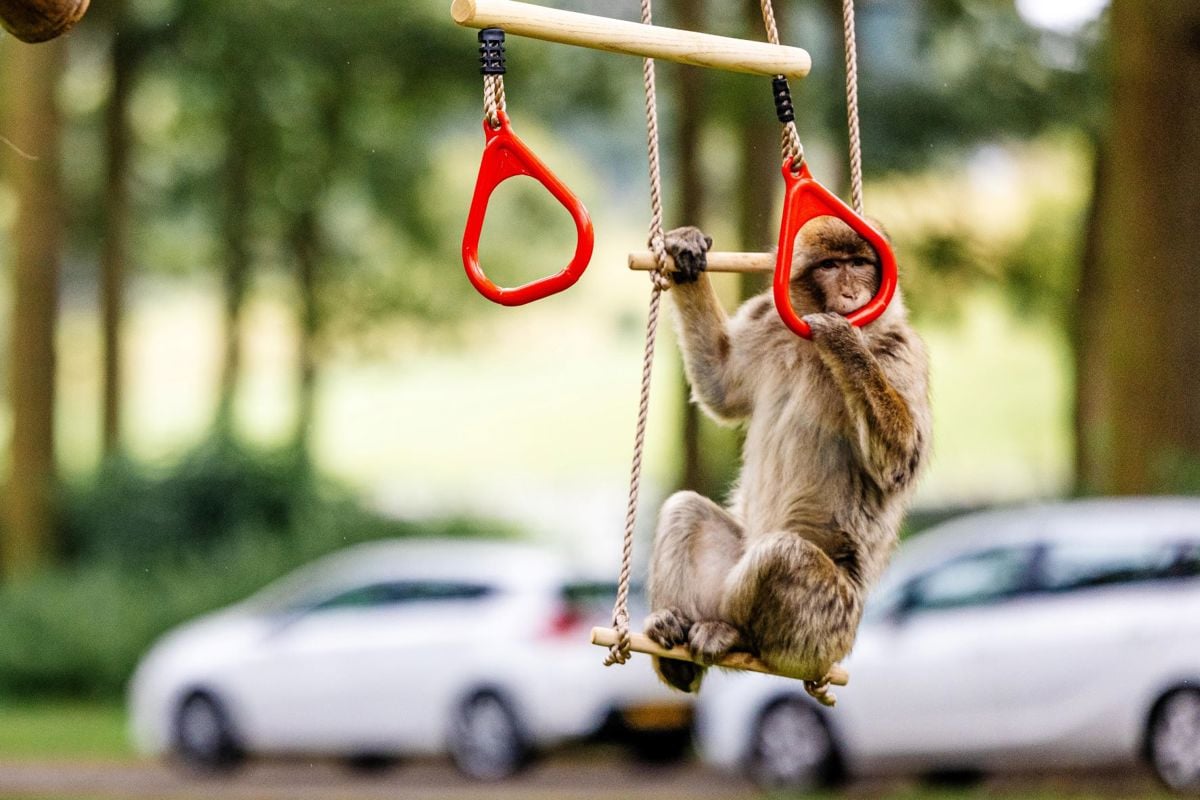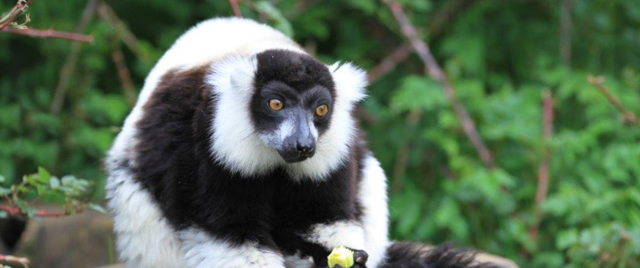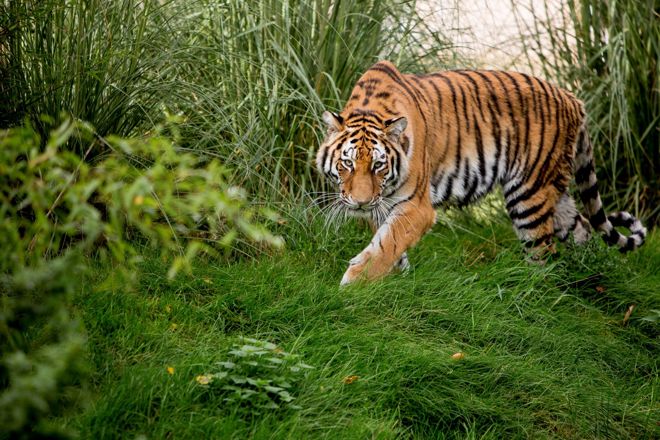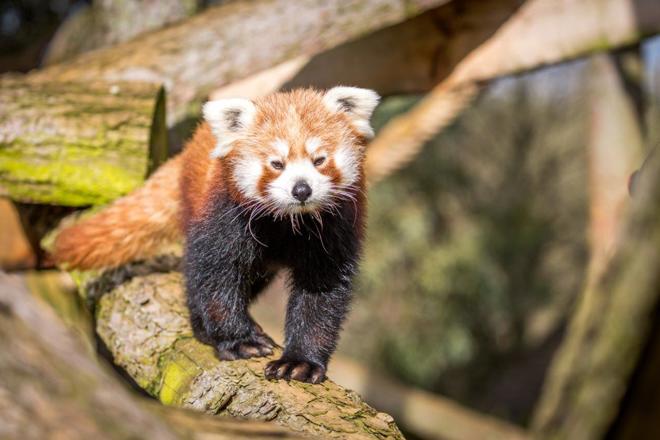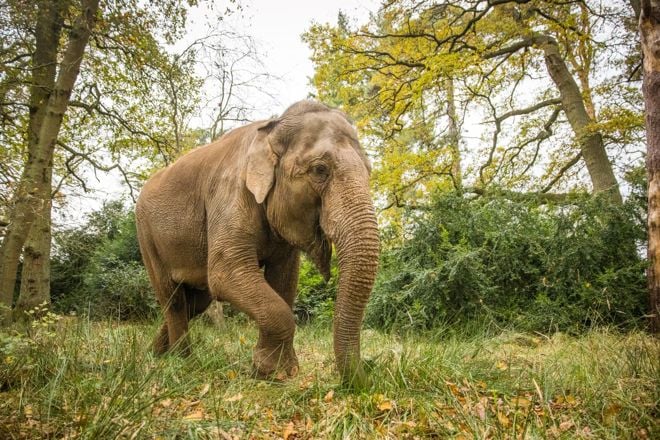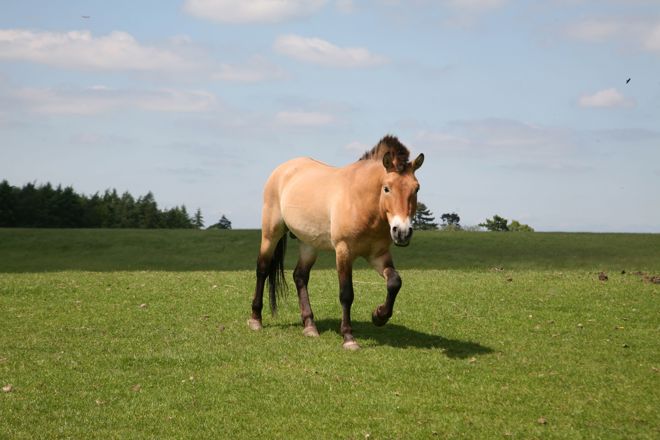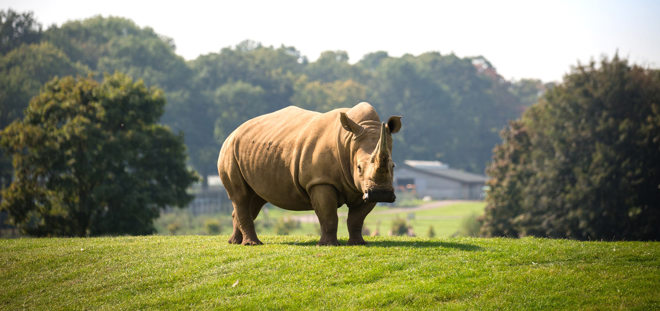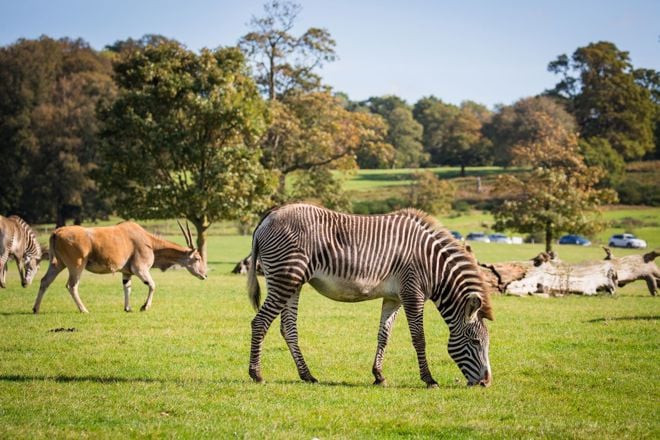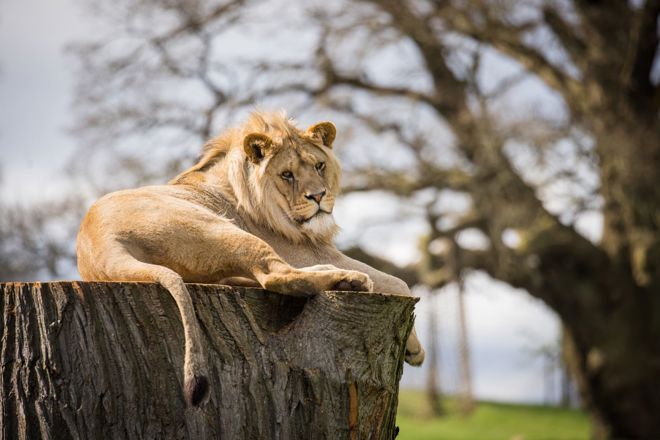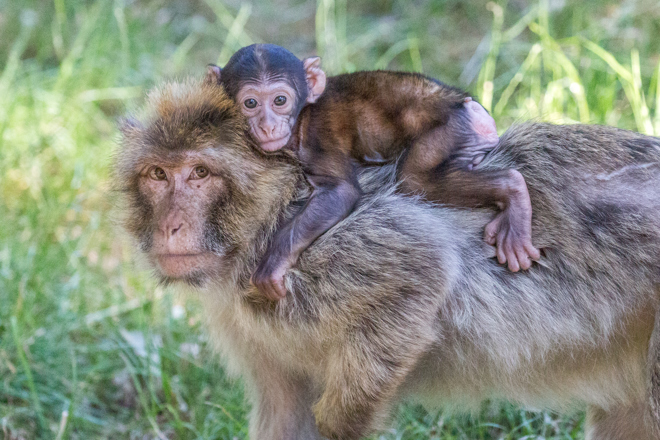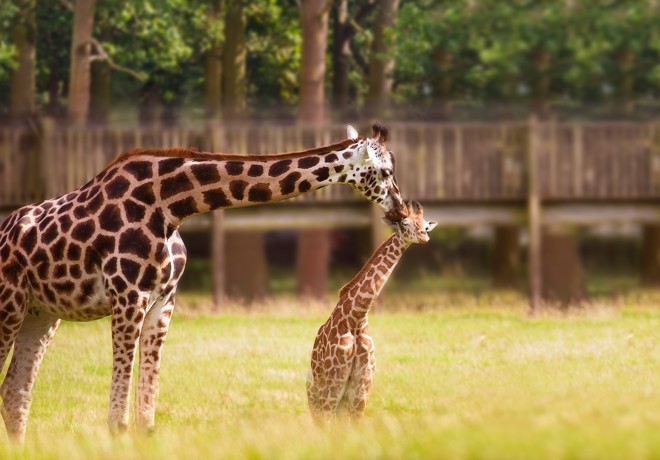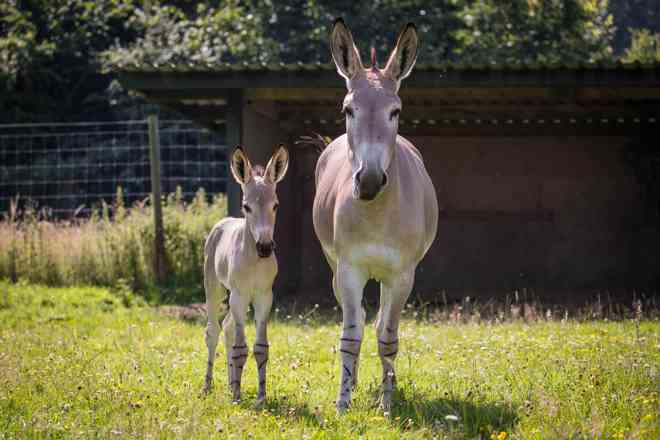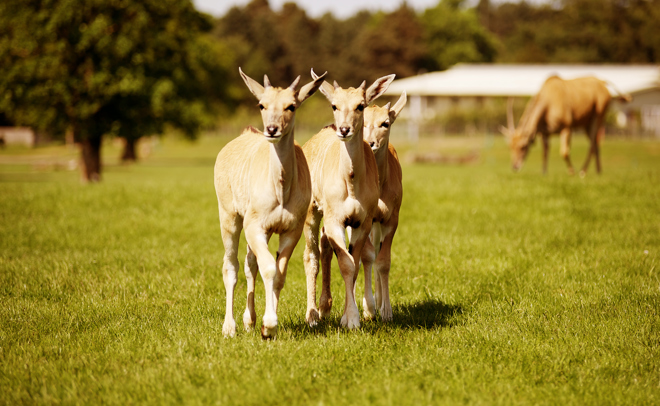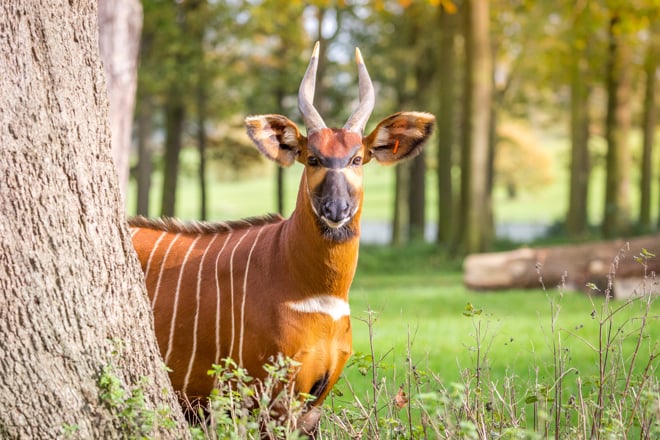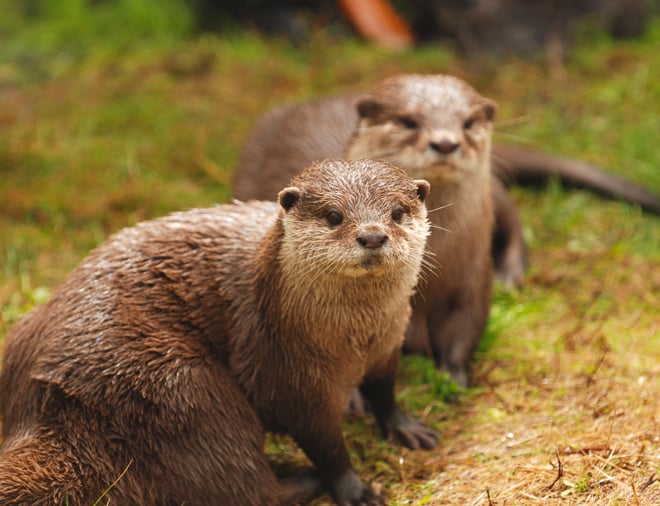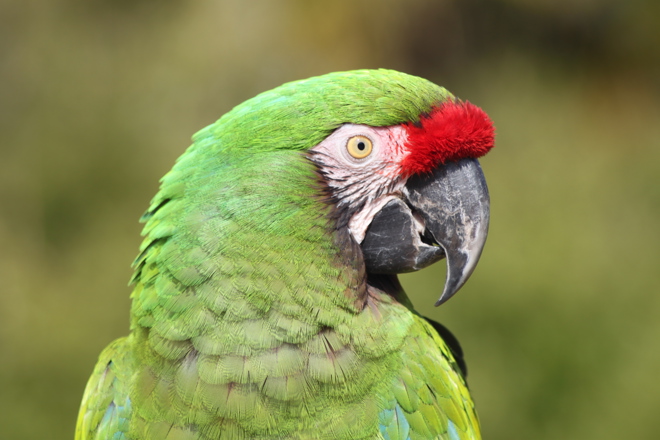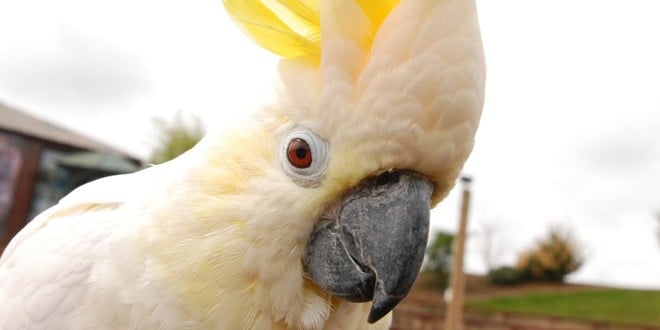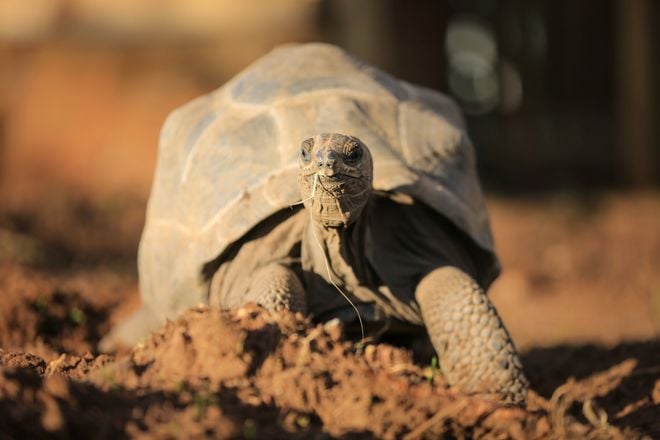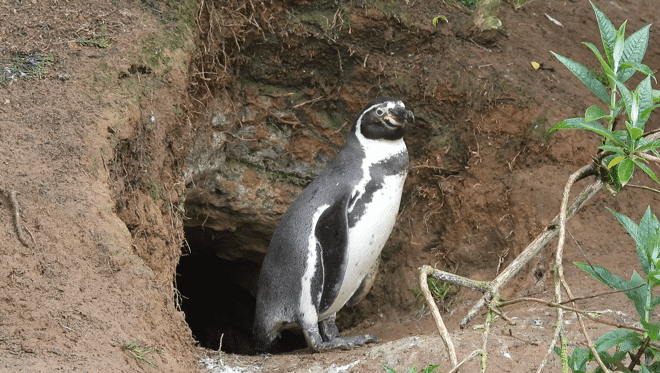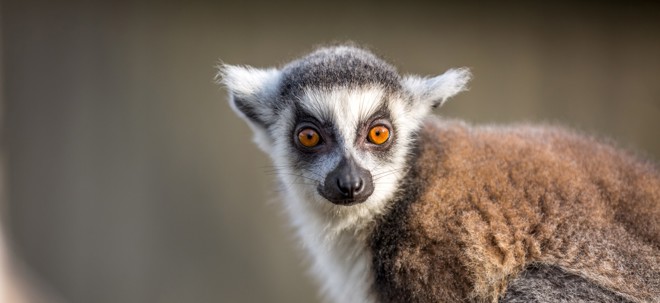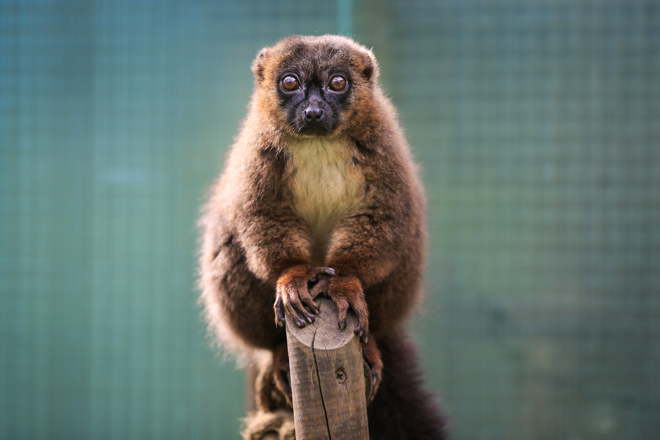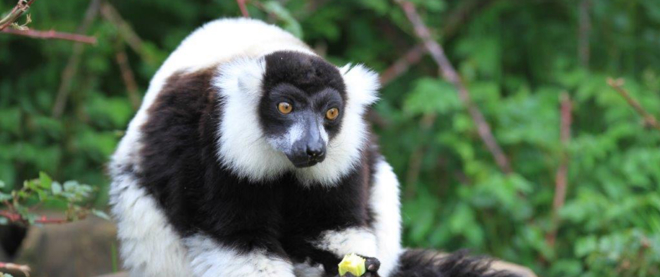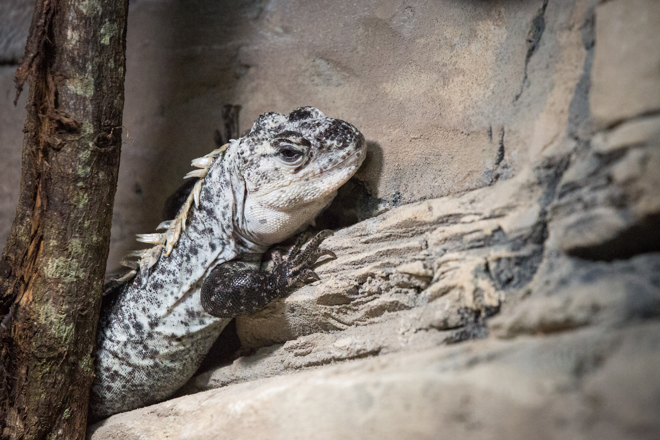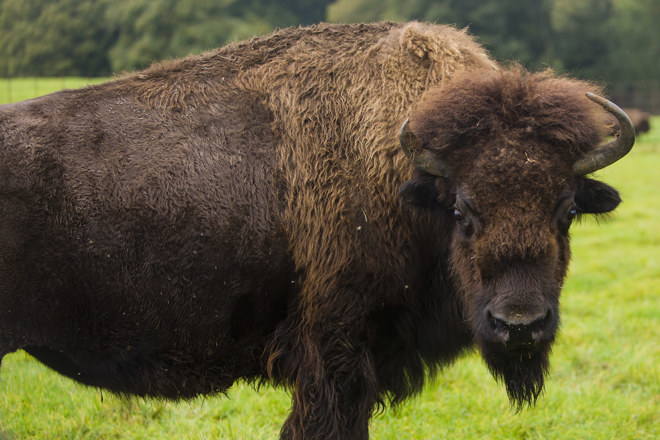Woburn Safari Park is an EAZA (European Association of Zoors and Aquaria) accredited zoo, and participates in the captive management of endangered breeding animals through the European Endangered Species Programme (EEP).
The EEP is the most intensive form of managed breeding and is conducted by an EEP coordinator, assisted by a species committee.
Woburn Safari Park is home to a number of endangered species, which can be seen in both the Road Safari and the Foot Safari.
Endangered species you will find in the Road Safari:
Endangered species you will find in the Foot Safari:
- What is an endangered species?
- How does a species become endangered?
- What is the IUCN Red List?
- How many species are endangered in the world?
What is an endangered species?
An endangered species is an animal or plant species that is at risk of going extinct in the wild.
How does a species become endangered?
Species can become endangered for a number of reasons, although commonly it is caused by habitat loss, loss of genetic variation within the species, pollution or climate change.
What is the IUCN Red List?
The IUCN Red List was established in 1964 and has become the world's source on the global conservation status of animal, fungi, and plant species.
How many species are endangered in the world?
The IUCN has assessed 63,837 species and classified 19,817 as being threatened with extinction, 10,000 species as being vulnerable to extinction, 3,947 as being critically endangered and 5,766 as endangered.
Who else will you
meet on safari?
Find out who else you might meet on your trip around the Safari Park and read more about the fascinating residents!
